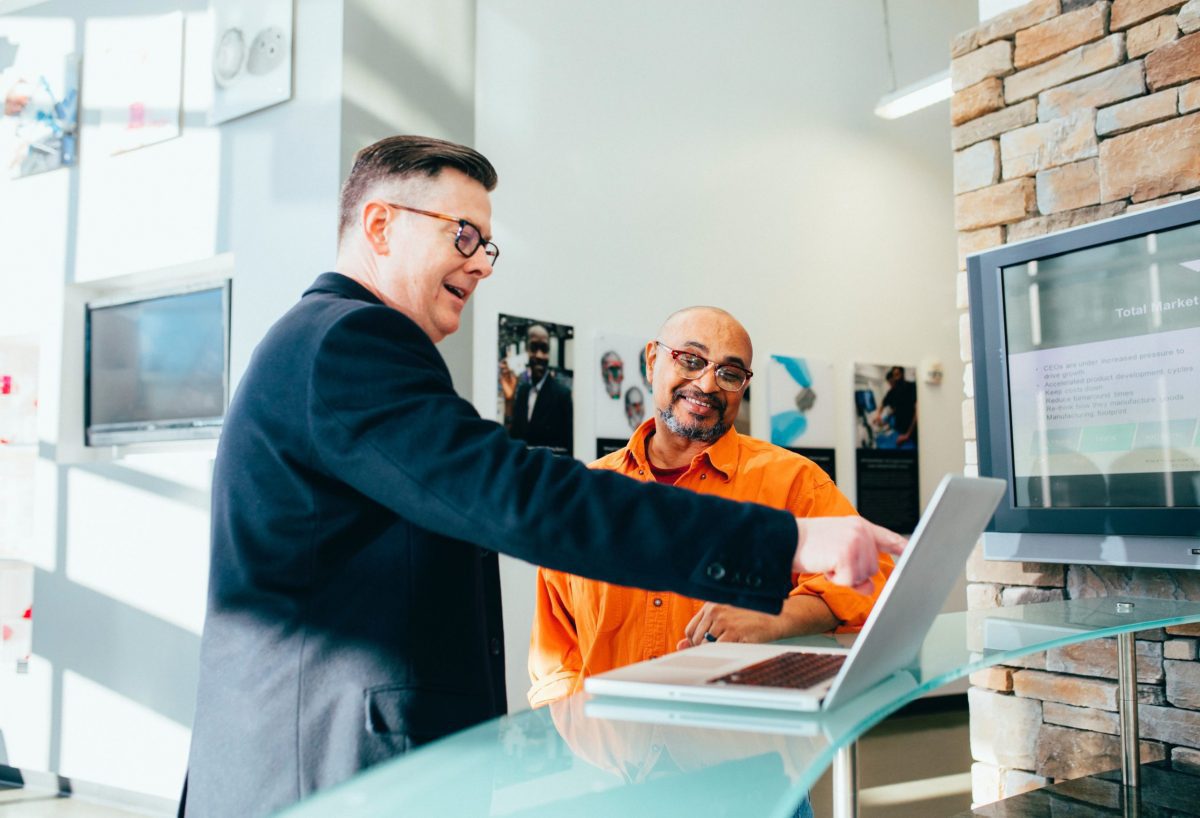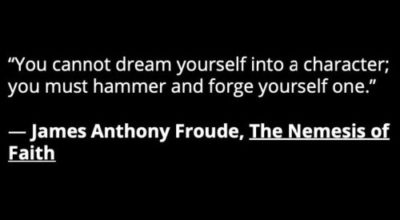The truth is, sometimes I dream of going back to February of this year when the coronavirus had not yet come to challenge us and change our lives. Other times, I think that COVID-19 has stimulated reflection and accelerated innovation that we had been resisting. Living this calamity at the head of a company breaks every seam in any comfort zone. At the same time, it has given us a unique opportunity to learn about disruption and management, to understand the importance of corporate culture in navigating the storm and to realize that in the end, it is always people who matter most. Leading a company through the crisis of COVID-19 presents us with continuing challenges we never thought we would have to face.

Leading in uncertainty
In these months, the ability to find meaning in the midst of uncertainty has been critical. And to be able to do that, we must have an open mind, practice curiosity, be willing to listen to different opinions, and learn from others. We also must be willing to experiment and accept failure when it occurs.
We have spent a lifetime talking about vision in companies. Never has the ability to frame a vision and to get others on board been so Important. We used to theoretically analyze exponential acceleration, now we need to create an exciting story that gets people on board, quickly.
The ability to relate within and outside the company, to influence, negotiate, and communicate genuinely is also an important lifeline. It becomes essential when a company’s survival depends on convincing those at home that we have to tighten our pay belts and those outside that they should finance you at an uncertain time or continue to hire your services in the midst of an unknown recession.
In a new and challenging environment, of which we don’t have any previous examples to refer to, supporting people, especially those you work with directly and who manage teams, is another key management skill. Application coaching, focused on management challenges, is a very useful tool in business leadership.
Leading a Company Through the Crisis of COVID-19
The pandemic has changed the game for all of us. Now it is no longer a question of predicting the future, but of inventing the present. To lead in times of pandemic is to invent. It means managing change by making thoughtful and courageous decisions that design new scenarios. This requires promoting a culture of learning at all levels while providing what is needed to foster resilience. We are living in an emotional, economic, and social roller coaster. A leader’s best contribution is to empathize, help, and provide some certainty so that people find meaning in their work.
If I had to recommend one thing to leaders in these uncertain times, I would tell them to be ambidextrous. Be able to live between the old and the new. Be able to manage what is happening now and help create what is yet to come. Understand human resistance to change and accept innovation and disruption. Dare to dream and make the new normal a better normal than the one that the COVID-19 has taken from us.















 Moreover, d
Moreover, d


